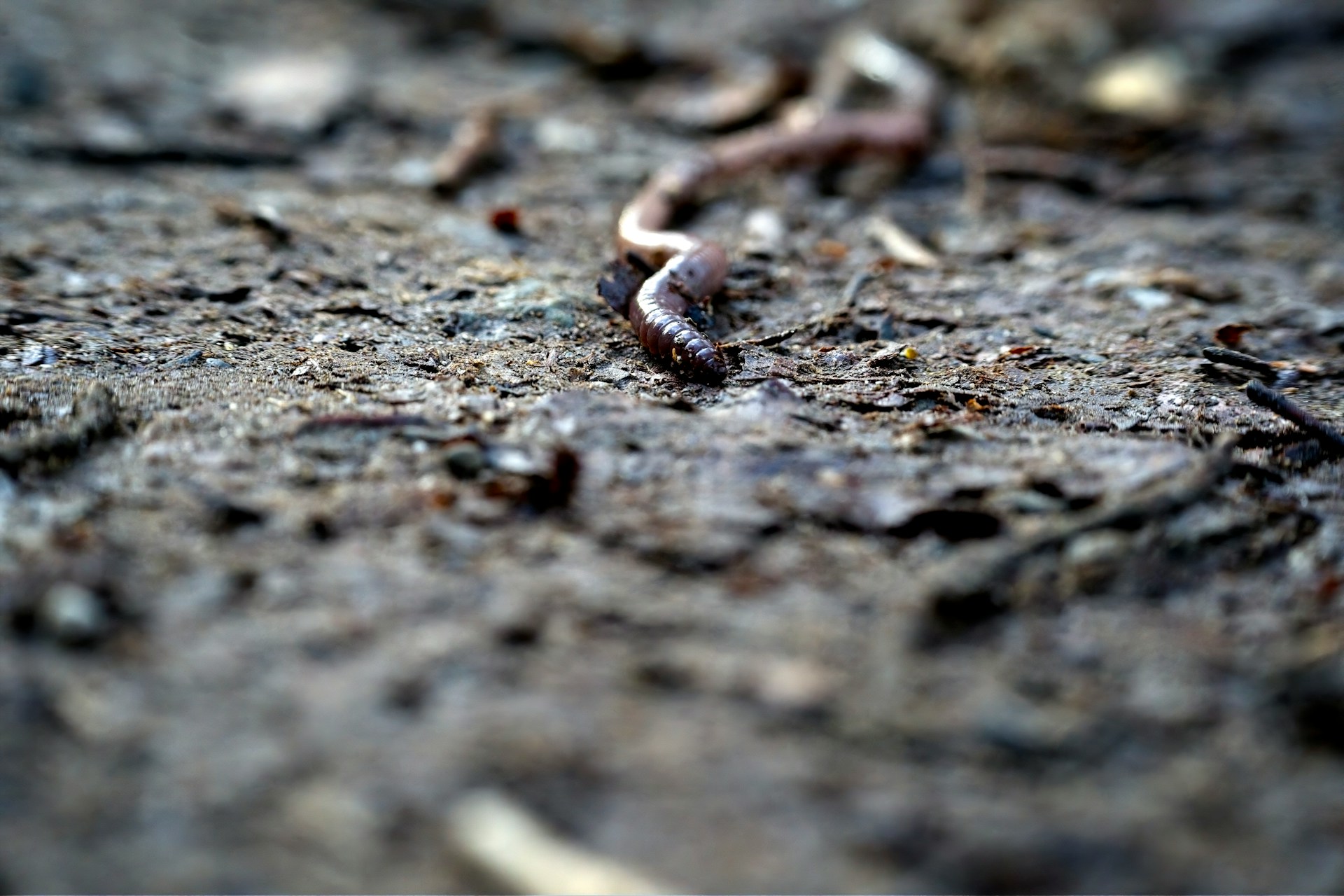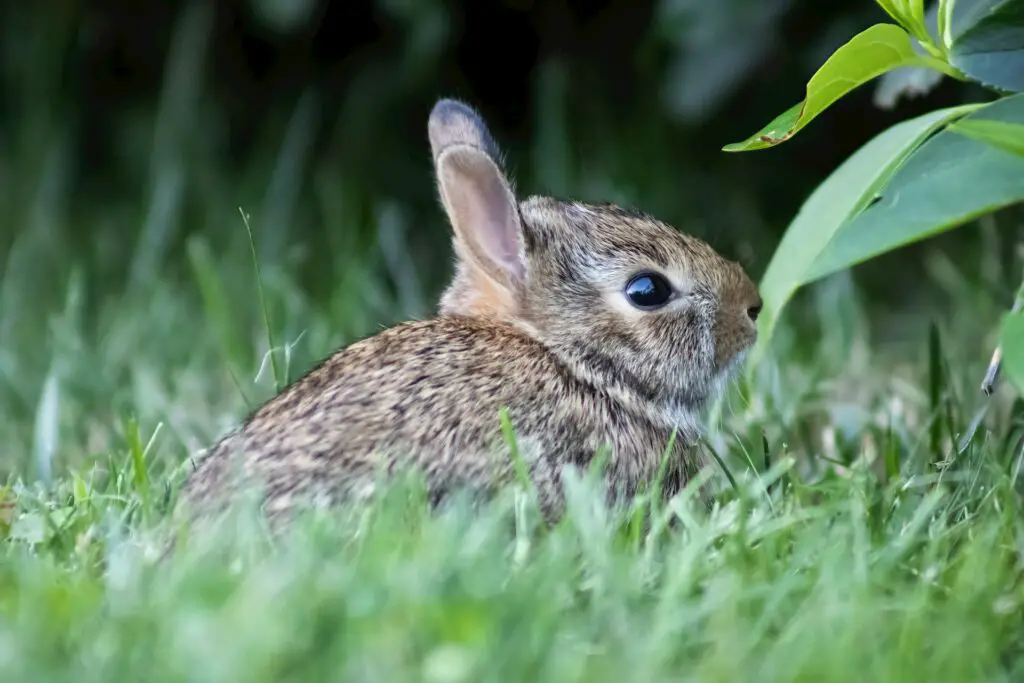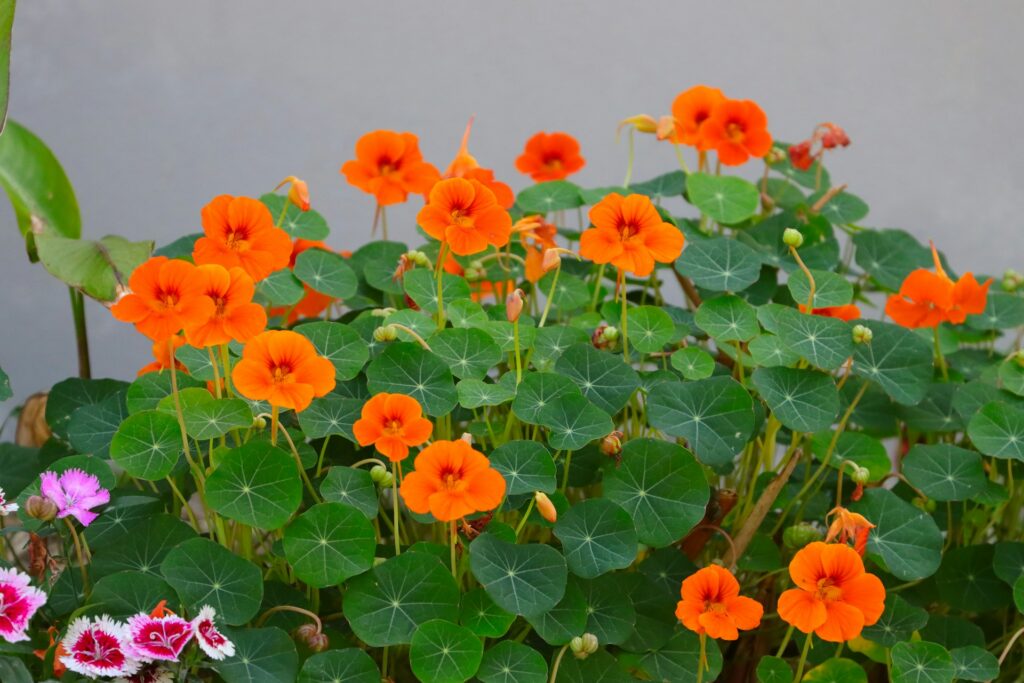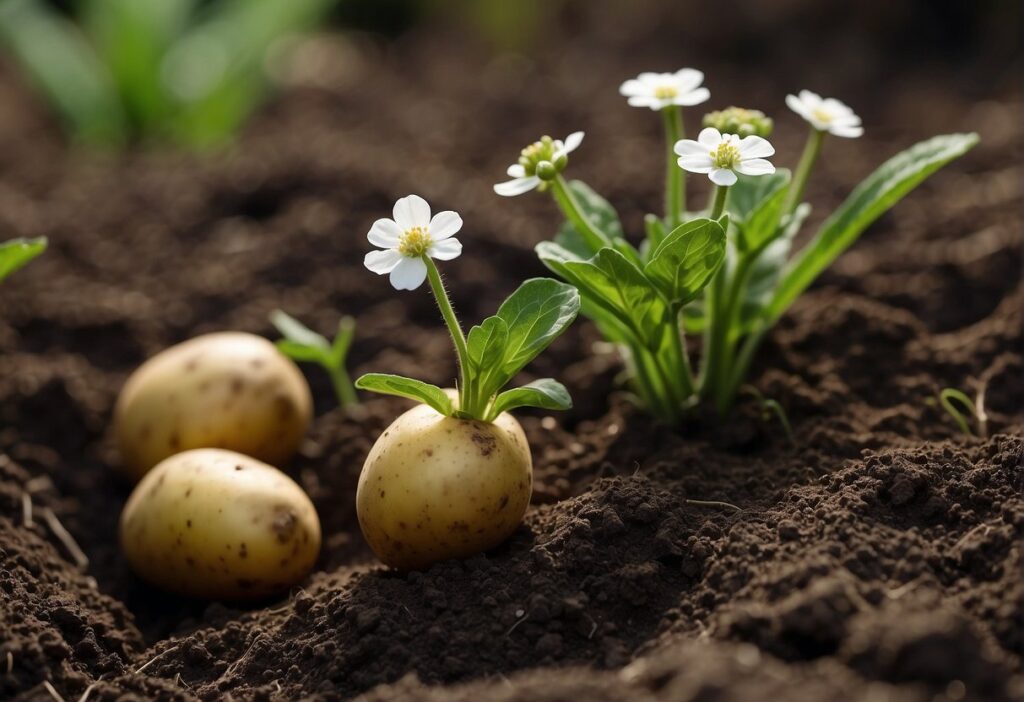
Lawn worms are a common sight in gardens and yards, playing an essential role in the ecosystem by aerating the soil and breaking down organic matter. These creatures, often referred to as earthworms, inhabit the upper layer of soil where they consume decomposing plant material, enriching the soil with their castings, which are high in nutrient content. Their tunneling activities help to improve soil structure, allowing air and water to penetrate deeper and roots to grow more easily.
Understanding the presence of lawn worms is crucial for effective lawn management. While their activity is generally beneficial, an overabundance of lawn worms can occasionally lead to issues such as lawn castings on the surface, attracting unwanted pests, or creating uneven playing surfaces on sports fields. Therefore, it is important to know how to identify and diagnose problems that may arise from lawn worms.
Key Takeaways
- Lawn worms contribute to soil health by aerating it and aiding in decomposing organic matter.
- Recognizing when lawn worms are beneficial versus when they can cause problems is part of effective lawn care.
- Regular maintenance practices contribute to managing lawn worm populations within a healthy ecosystem.
Understanding Lawn Worms
Lawn worms are a common presence in yards and gardens, playing a crucial role in soil health through their activities. They vary in species, each with its own lifecycle and preferred habitat, and collectively provide substantial benefits to the lawn ecosystem.
Types of Lawn Worms
- Earthworms: The most beneficial type found in lawns, known for improving soil structure and fertility.
- Lawn Grubs: These are beetle larvae, often considered pests due to their appetite for grass roots.
- Beetle Larvae: Categorized separately from lawn grubs when referring to species other than those that specifically target lawns.
Lifecycle and Habitat
- Eggs: Worms start as eggs laid in the soil.
- Larvae: Upon hatching, they enter a larval stage where they are often referred to as grubs, especially in the context of lawn pests.
- Adults: Mature into either beneficial earthworms or lawn grubs/beetle larvae that can damage lawns.
- Habitat: Prefer moist, rich soil, and live just beneath the surface or within the soil.
Benefits to Soil Health
- Aeration: Earthworms tunnel through soil, allowing air and water to penetrate.
- Nutrient Recycling: They consume organic matter, excreting it as castings, which are high in nutrients.
- Soil Structure: Their movement helps to mix soil layers, improving texture and preventing compaction.
Identifying and Diagnosing Problems
In managing lawns, identifying the problems accurately is crucial for effective treatment. This involves recognizing the signs of infestation, understanding the type of lawn worms causing the damage, and distinguishing between harmful pests and beneficial organisms.
Recognizing Signs of Infestation
Lawn owners should be vigilant for changes in their grass’s health. Symptoms such as brown patches, thinning grass, and visible trails signal an infestation. Pests like grubs, chinch bugs, and sod webworms manifest through unique damage patterns, which include:
- Grubs: Irregularly shaped patches of dying grass.
- Chinch Bugs: Yellowing then browning grass often confused with drought stress.
- Sod Webworms: Small brown spots and silk-lined tunnels.
Common Lawn Worms and Associated Damage
Different lawn worms cause distinct types of damage. Here are some common pests along with the harm they cause:
- Grubs: These larvae of beetles feed on grass roots, leading to spongy turf that lifts easily.
- Chinch Bugs: They suck grass juices and inject toxins, causing grass to wilt and die.
- Sod Webworms: They chew on grass blades, typically at night, resulting in bare patches.
Identifying the specific pest is crucial for targeted treatment.
Distinguishing Between Harmful and Beneficial Species
Not all soil-dwelling worms are a threat to lawns. Beneficial species, like beneficial nematodes, contribute to the ecosystem by decomposing organic matter and aerating the soil. To distinguish between harmful and beneficial species, examine the type of damage and the actual worms present. For example:
- Harmful Worms: Generally larger and visible on the soil surface or within damaged patches.
- Beneficial Nematodes: Microscopic and unlikely to cause visible damage to the grass.
Knowing the species involved enables lawn owners to apply appropriate and effective treatments, preserving the health and appearance of their lawns.
Lawn Care and Maintenance
Maintaining a healthy lawn involves regular monitoring and a proactive approach to both prevention and treatment of issues. Ensuring the fertility of the soil and using natural methods when possible are fundamental to lawn care.
Preventive Strategies
To preserve a lawn’s health, one must focus on preventive strategies. Regular mowing to the recommended height helps prevent lawn worms and other pests by removing excessive thatch which can harbor insects and disease. Fertility is bolstered by periodic additions of the right kind of fertilizers, personalized for the soil’s specific needs.
- Mowing: Keep grass height optimal to discourage pests.
- Soil Fertility: Test soil regularly to maintain nutrient balance.
- Thatch Management: Limit thatch to less than 1/2 inch to prevent insect habitation.
- Integrated Pest Management (IPM): Combine biological, cultural, and chemical management strategies.
Lawn Treatment and Recovery Methods
When pests are spotted, it’s crucial to act swiftly with an effective treatment plan. Identifying the type of lawn worm is essential for targeted treatments. Aeration can help reduce compaction and improve soil health, aiding recovery. Natural methods, such as introducing nematodes that prey on lawn worms, can be part of the treatment regimen.
- Treatment Plan: Tailor to the specific type of pest encountered.
- Aeration: Perform annually to improve soil condition and root health.
- Natural Predators: Introduce beneficial organisms like nematodes for natural pest control.
Advanced Lawn Worm Management
Effective management of lawn worms involves a combination of chemical strategies and natural tactics to maintain a healthy lawn ecosystem. Chemical options might provide quick results, whereas natural solutions often contribute to long-term sustainability and balance.
Chemical Control Options
Pesticides: Specific pesticides are formulated to target lawn worms, and their selection should be based on the species of worm and the extent of the problem.
Type of Chemical Frequency of Application Precautionary Measures Insecticides As directed on the label Wear protective gear Herbicides As needed Avoid overuse to protect beneficial organisms Application Method: Careful application is necessary to avoid harming non-target species. The manufacturer’s instructions must always be followed when applying chemicals to the lawn.
Natural Solutions and Biological Controls
Using Nematodes: Beneficial nematodes can be introduced to the soil as biological control agents that naturally parasitize lawn worms.
Organic Matter: Incorporating organic matter into the soil can improve lawn health, making it more resilient to infestations and promoting the growth of natural predators.
Natural Predators: Encouraging birds and beneficial insects by creating a garden environment that attracts them can help in controlling the worm population.
- Examples of Natural Predators:
- Birds
- Beetles
- Spiders
- Examples of Natural Predators:
Treatment Plan: A well-thought-out treatment plan that integrates both chemical and biological controls can effectively manage lawn worm populations. Regular monitoring is essential to adjust the plan as needed.




